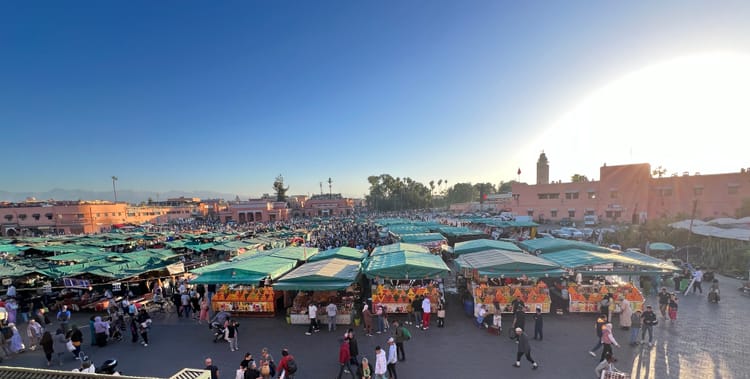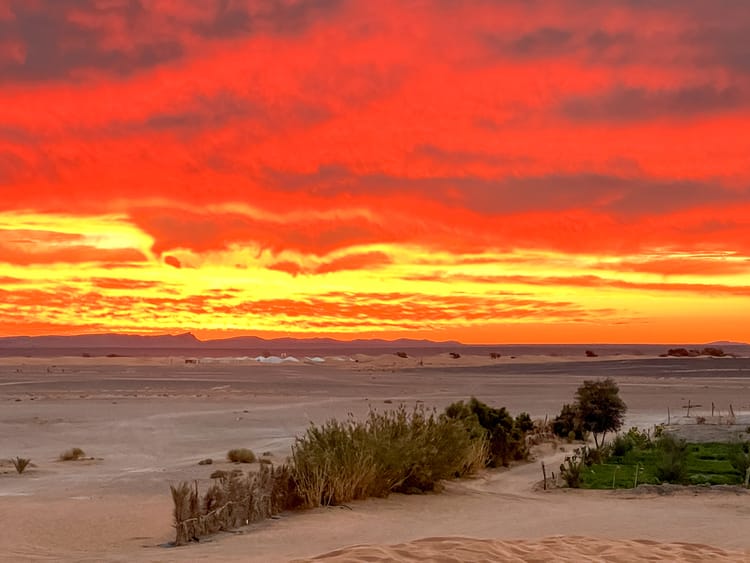GORGES, KASBAHS AND MOVIES

From the Sahara Desert, we headed to Todgha Gorge. "The Gorge looks almost prehistoric with canyon walls that reach over 400 metres in height (higher than the Empire State Building in New York). One of Morocco's top attractions for visitors, it's a paradise for photography enthusiasts, climbers, bikers and hikers."
Our expedition to Todgha Gorge was nothing short of thrilling. The journey began with a straightforward drive, but our path took a dramatic turn as we approached the majestic Atlas Mountains. We found ourselves navigating through winding roads, each turn building up our anticipation, until we finally arrived at the entrance of the Todgha Gorge.
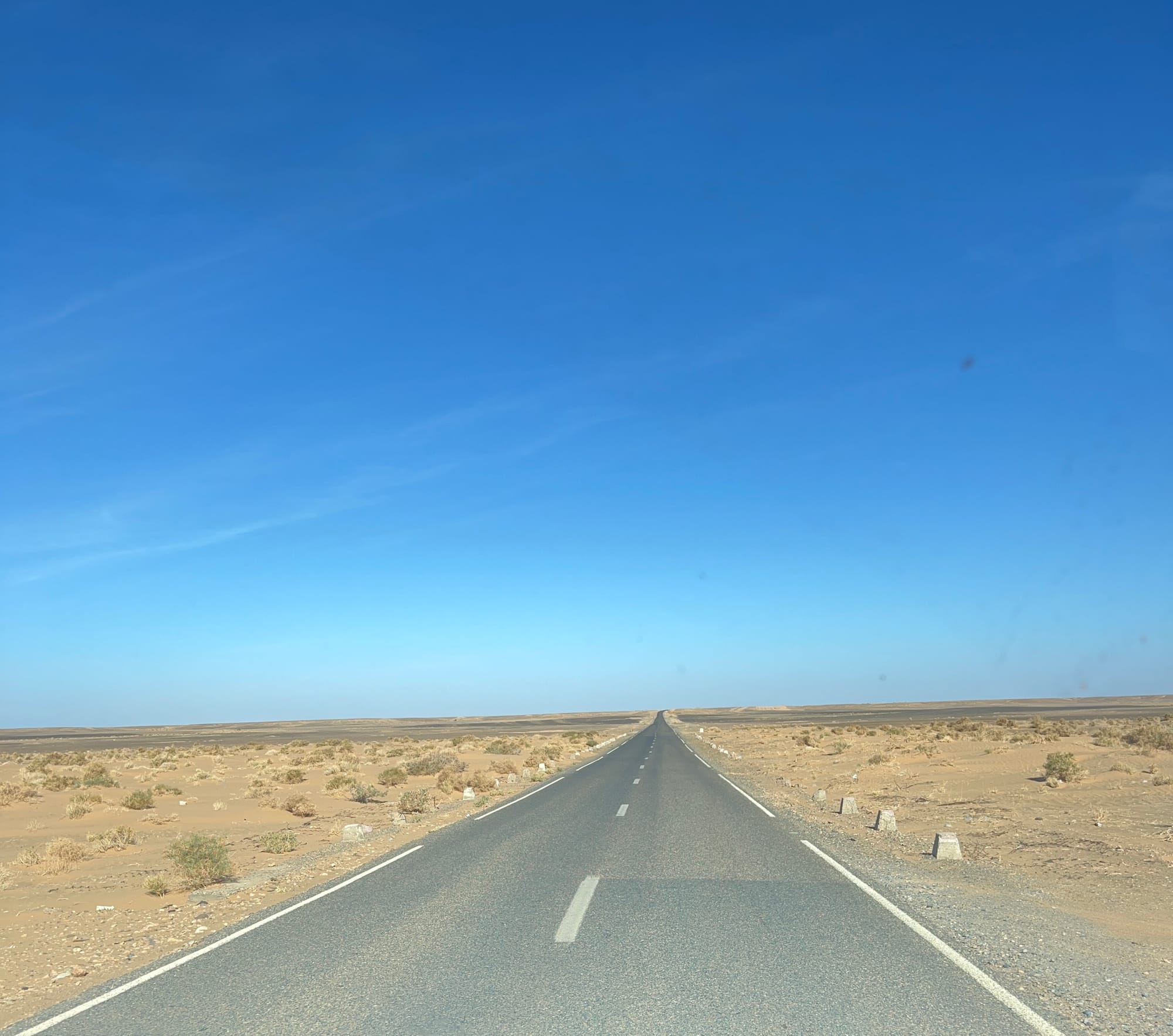
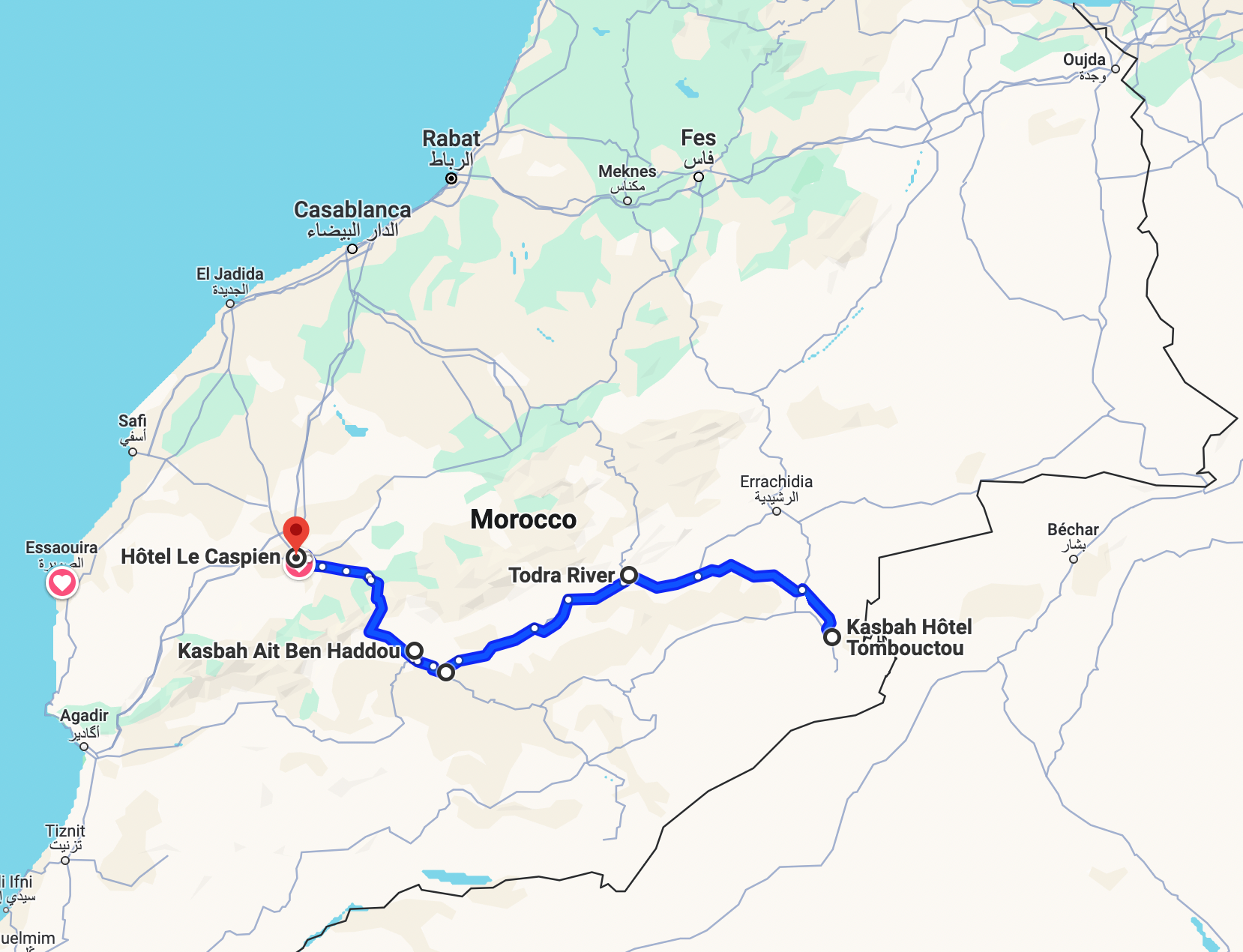

"The Todgha Gorges are a series of limestone river canyons, or wadi, in the eastern part of the High Atlas Mountains in Morocco, near Tinerhir. The Todgha and neighbouring Dades Rivers are responsible for carving out these deep cliff-sided canyons on their final 40 kilometres through the mountains.
After winding the wandering highway, we came to the tallest, narrow Gorge and pulled over to walk the area.
Everywhere tourists might be, vendors sell rugs and other items, which was the case here as well, out in the middle of nowhere. I took a photo of a donkey, and its owner demanded that I pay for the photo. We spent time admiring the towering walls and viewing the walls, which reminded me of areas along the Sea to Sky highway in British Columbia, combined with the colouring of the Red Rock Canyon in Nevada. The more things are different, the more similarities there are.
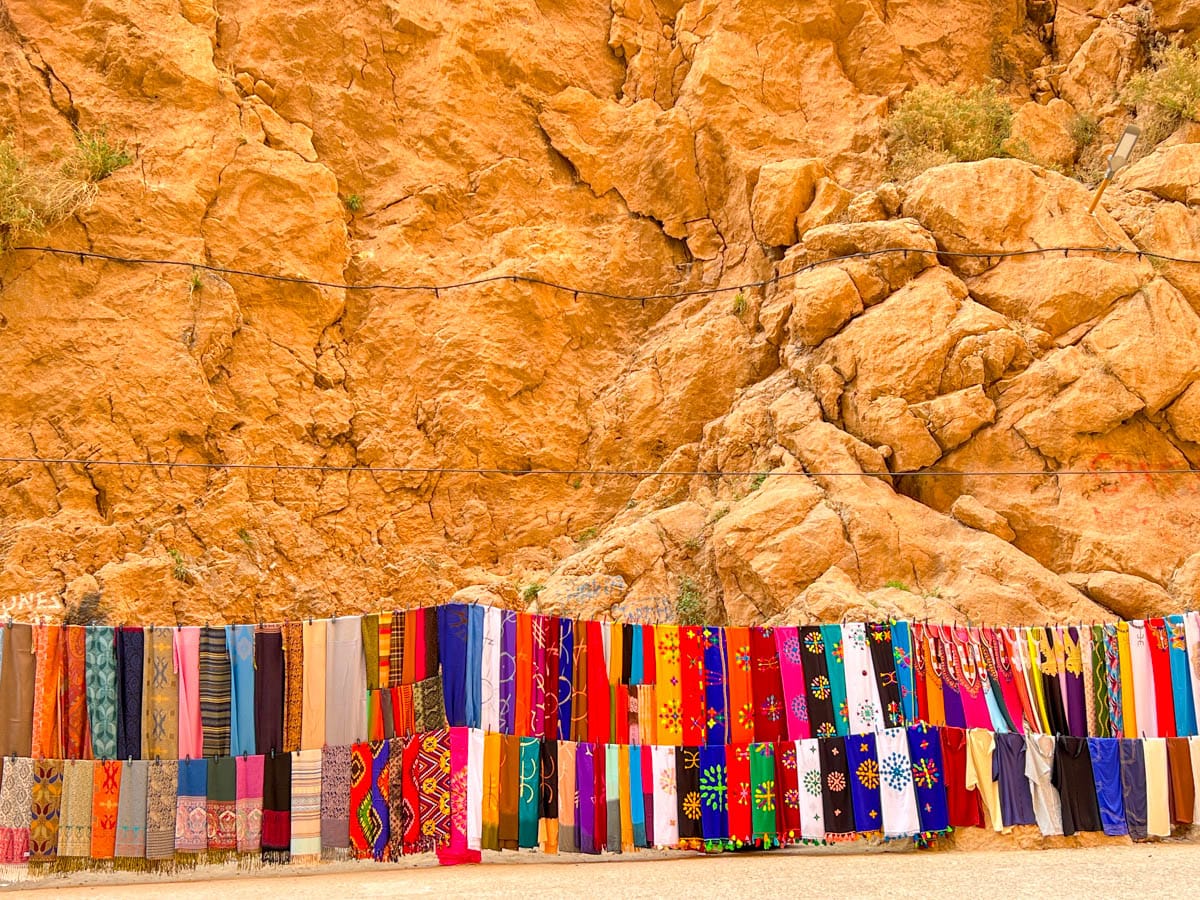

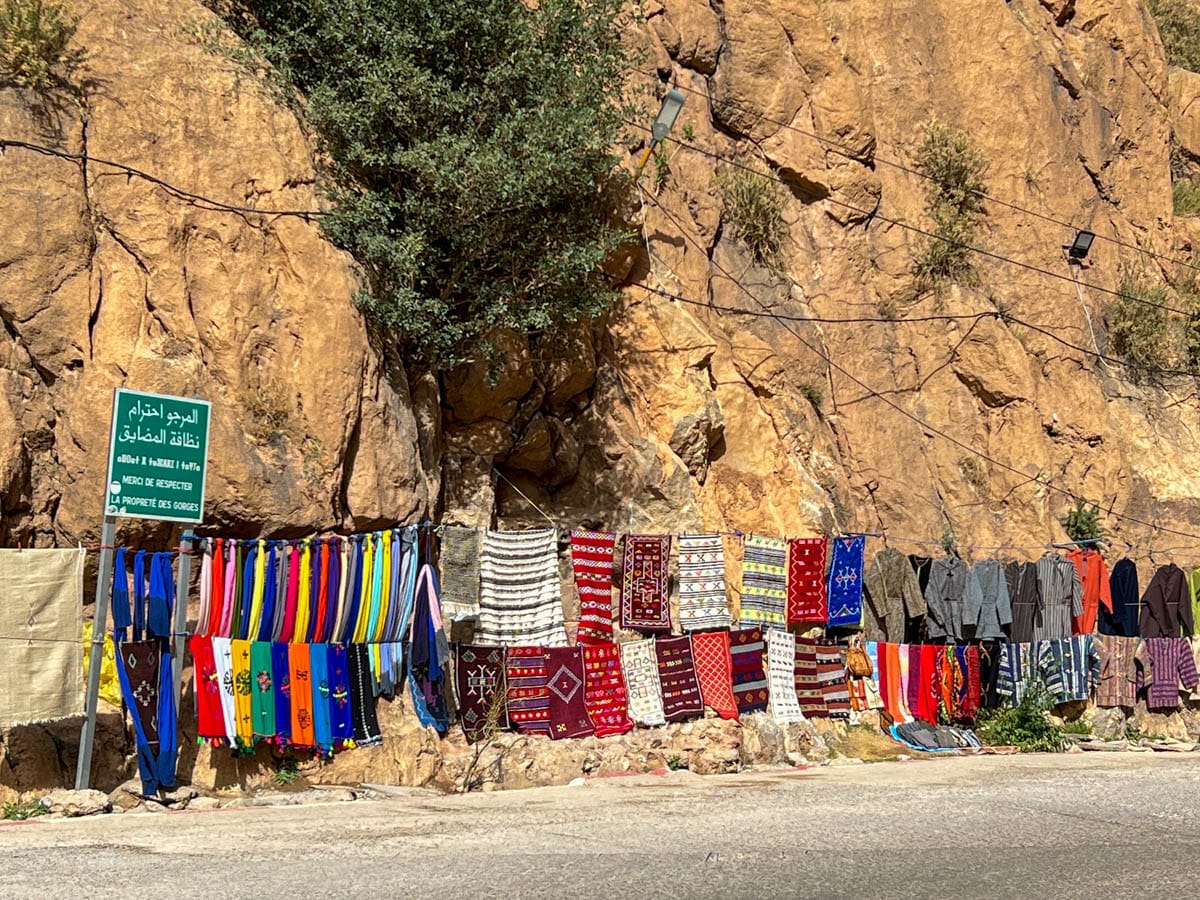
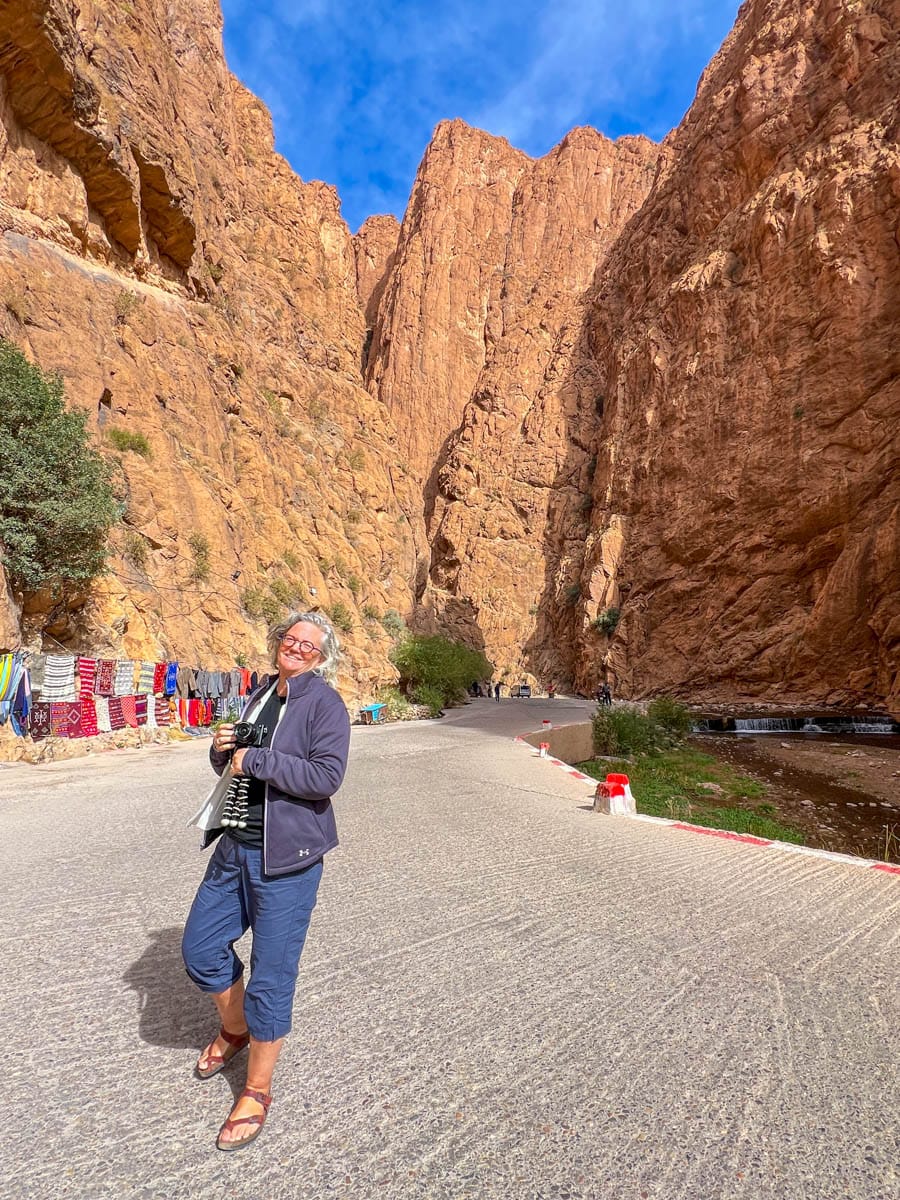

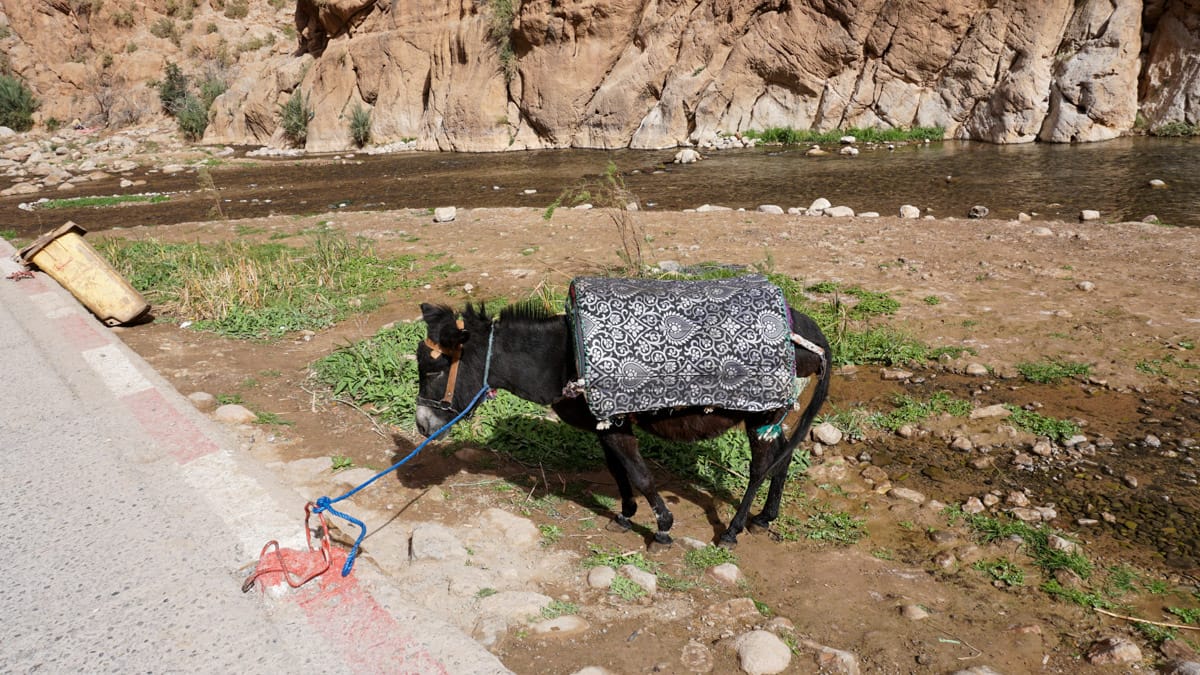
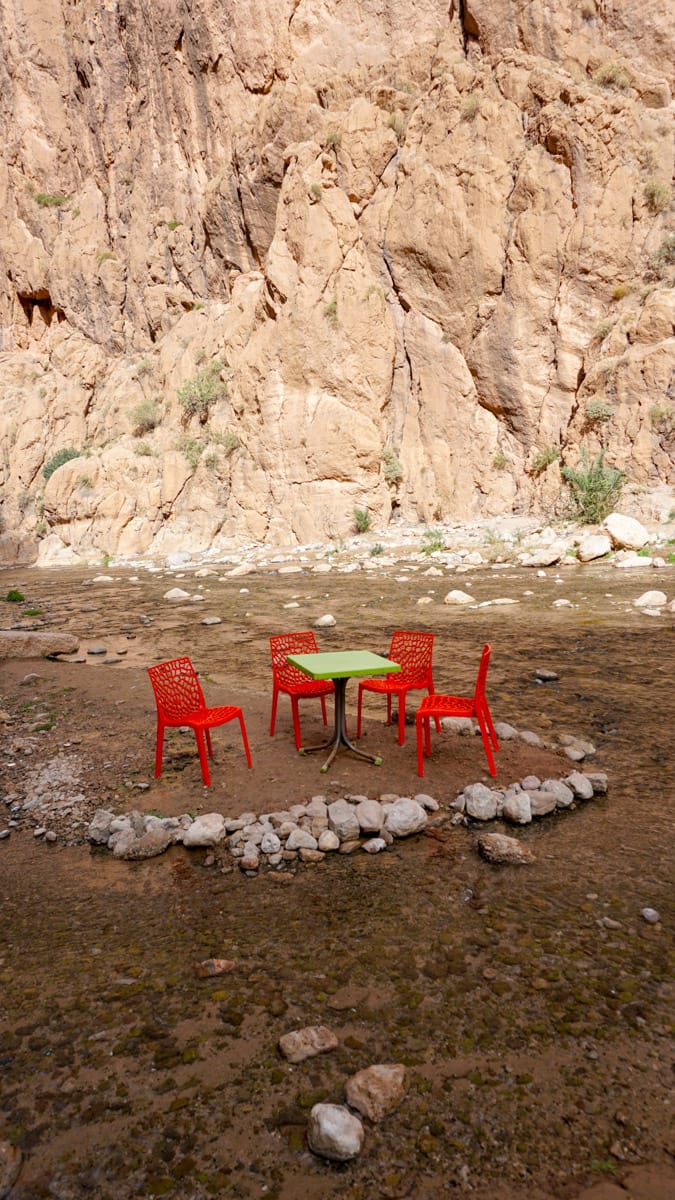
Despite snow on the Atlas mountains, little water showed where a river should rush. The lack of water raised concern about the area's crops of date, olives, figs, and almonds, which are essential to the economy.
From that point, we headed to the next hotel in Tajdar, Riad Dar Chamaa. It was a nice stop for the evening, but unfortunately, it was not warm enough to use the pool. Mohammed and Mustapha spent their evenings watching the African Cup of Nations "football" tournament.
The next day, we explored the Ksar of Ait Benhaddou Kasbah, another Unesco site. A Ksar is a group of earthen buildings surrounded by high walls, a traditional pre-Saharan habitat. "The Ksar of Aït-Ben-Haddou, in Ouarzazate province, is a striking example of southern Moroccan architecture. The Ksar is a mainly collective grouping of dwellings. Inside the defensive walls, reinforced by angle towers and pierced with a baffle gate, houses crowd together - some modest, others resembling small urban castles with their high-angle towers and upper sections decorated with motifs in clay brick. Still, there are also buildings and community areas. It is an extraordinary ensemble of buildings offering a complete panorama of pre-Saharan earthen construction techniques. The oldest constructions do not appear to be earlier than the 17th century, although their structure and technique were propagated from a very early period in the valleys of southern Morocco."
We had to traverse a low river outside to get close to the Ksar. I had to ensure my balance was good to get across.
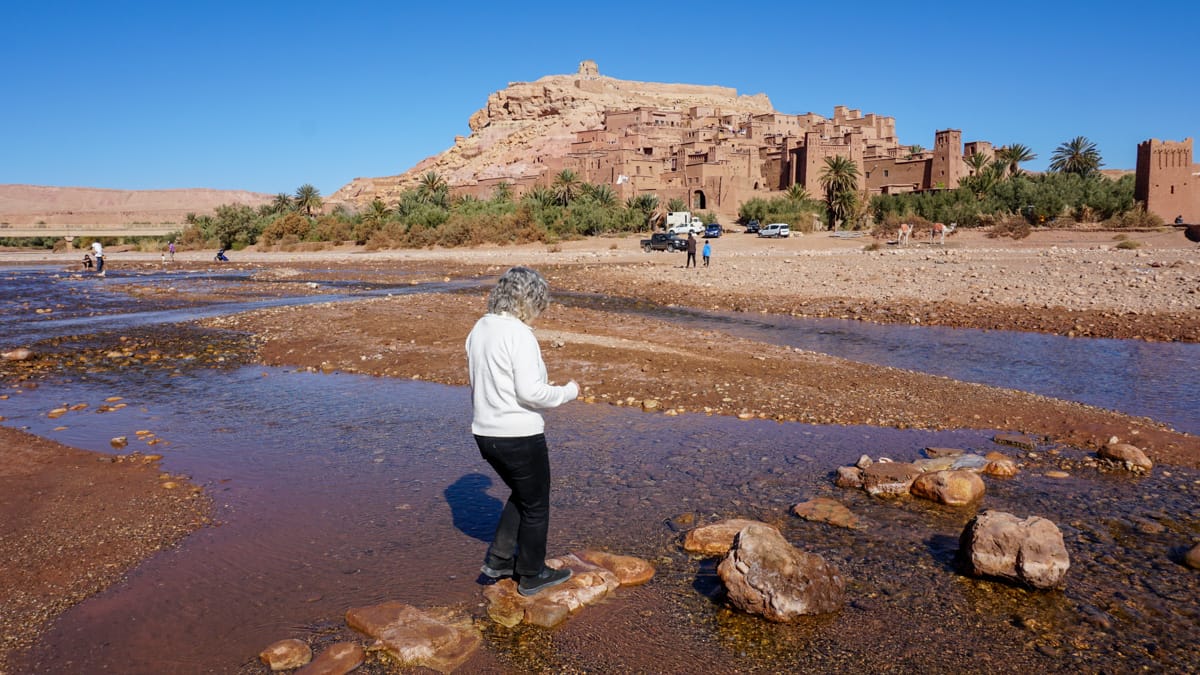

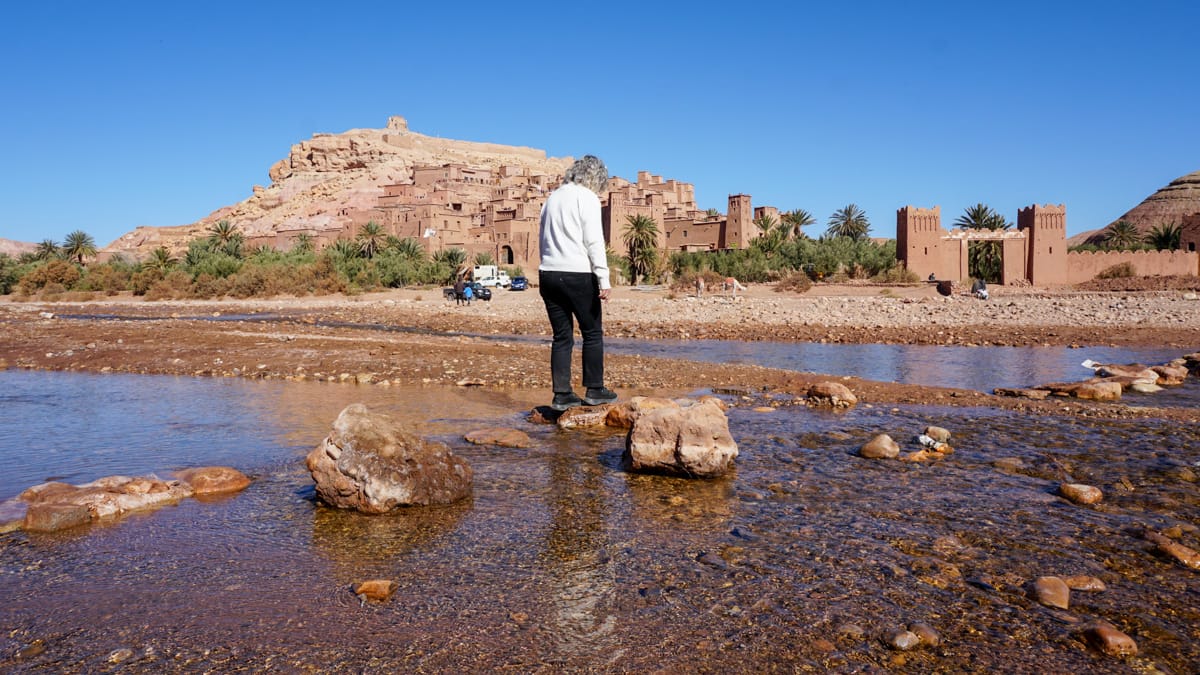
On crossing, it was obvious that there were movie trailers outside the Ksar. Coming from a city known as Hollywood North, it was easily recognizable to me. Movies filmed here include:
- Lawrence of Arabia (1962)
- Sodom and Gomorrah (1963)
- Oedipus Rex (1967)
- The Man Who Would Be King (1975)
- The Message (1976)
- Jesus of Nazareth (1977)
- Time Bandits (1981)
- Marco Polo (1982)
- The Jewel of the Nile (1985)
- The Living Daylights (1987)
- The Last Temptation of Christ (1988)
- The Sheltering Sky (1990)
- Kundun (1997)
- The Mummy (1999)
- Gladiator (2000) [13]
- Alexander (2004)
- Kingdom of Heaven (2005)
- Babel (2006)
- One Night with the King (2006)
- Prince of Persia (2010)
- Son of God (2014)
- Queen of the Desert (2015)
- A Life On Our Planet (2020)
Aït Benhaddou was also used in parts of Game of Thrones, the Brazilian TV series O Clone and The Amazing Race Australia 6.
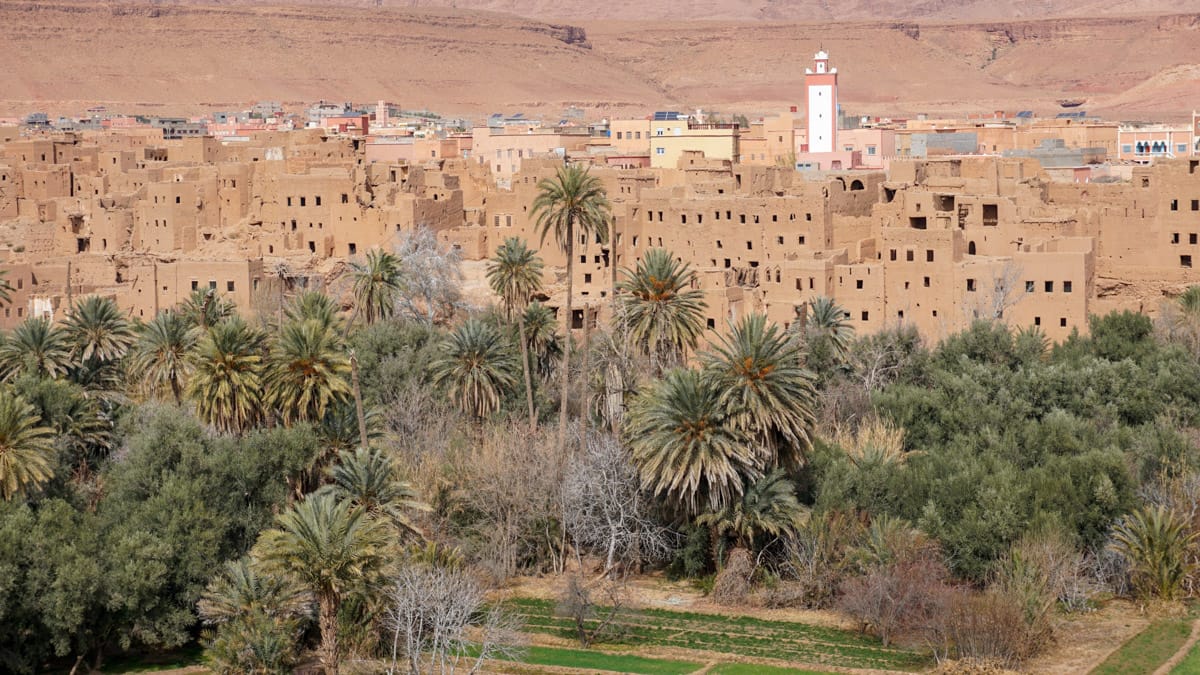


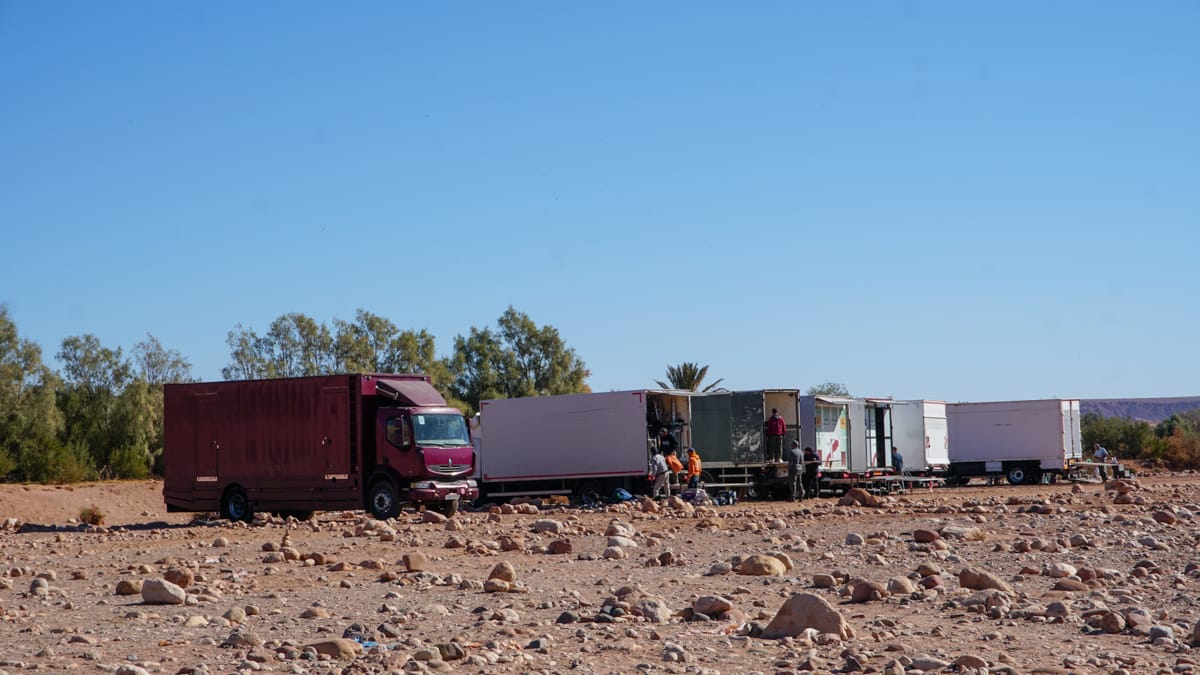
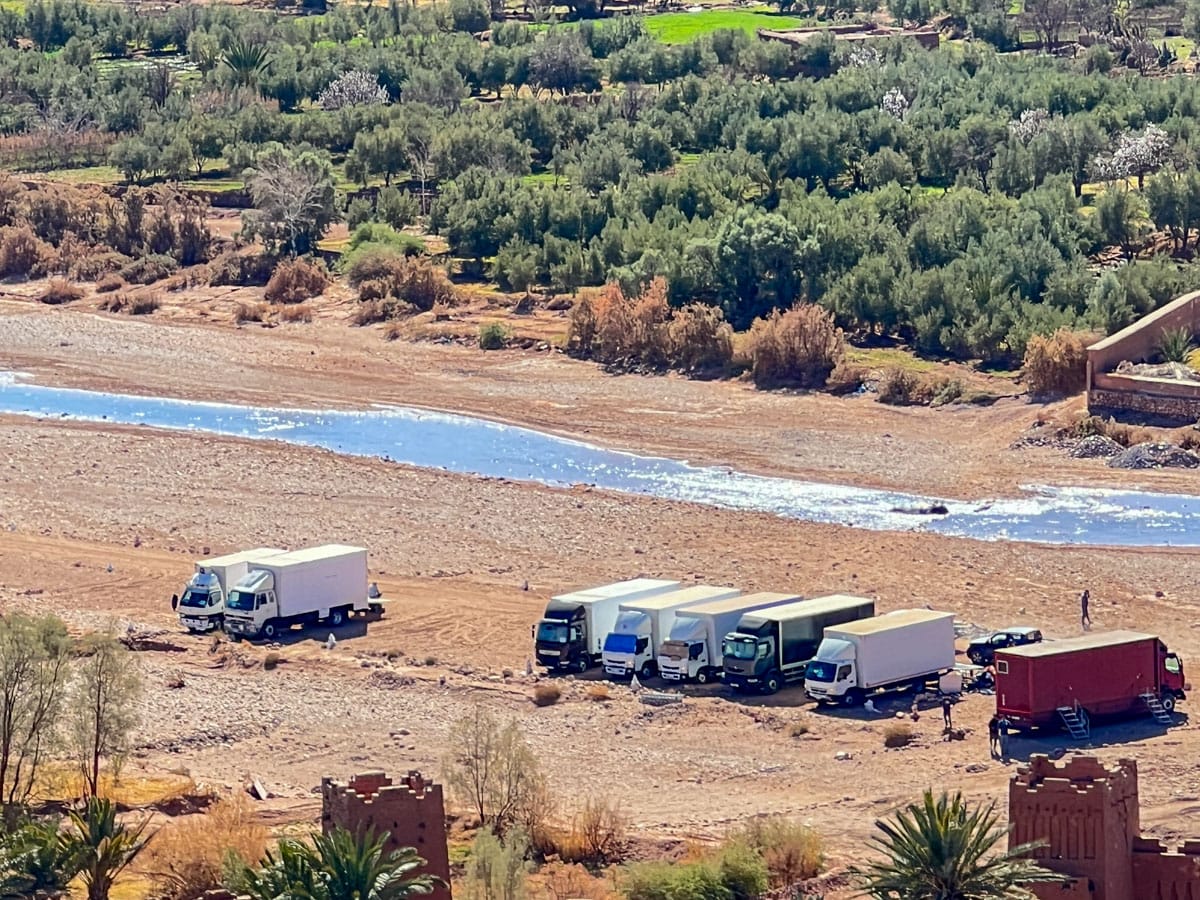
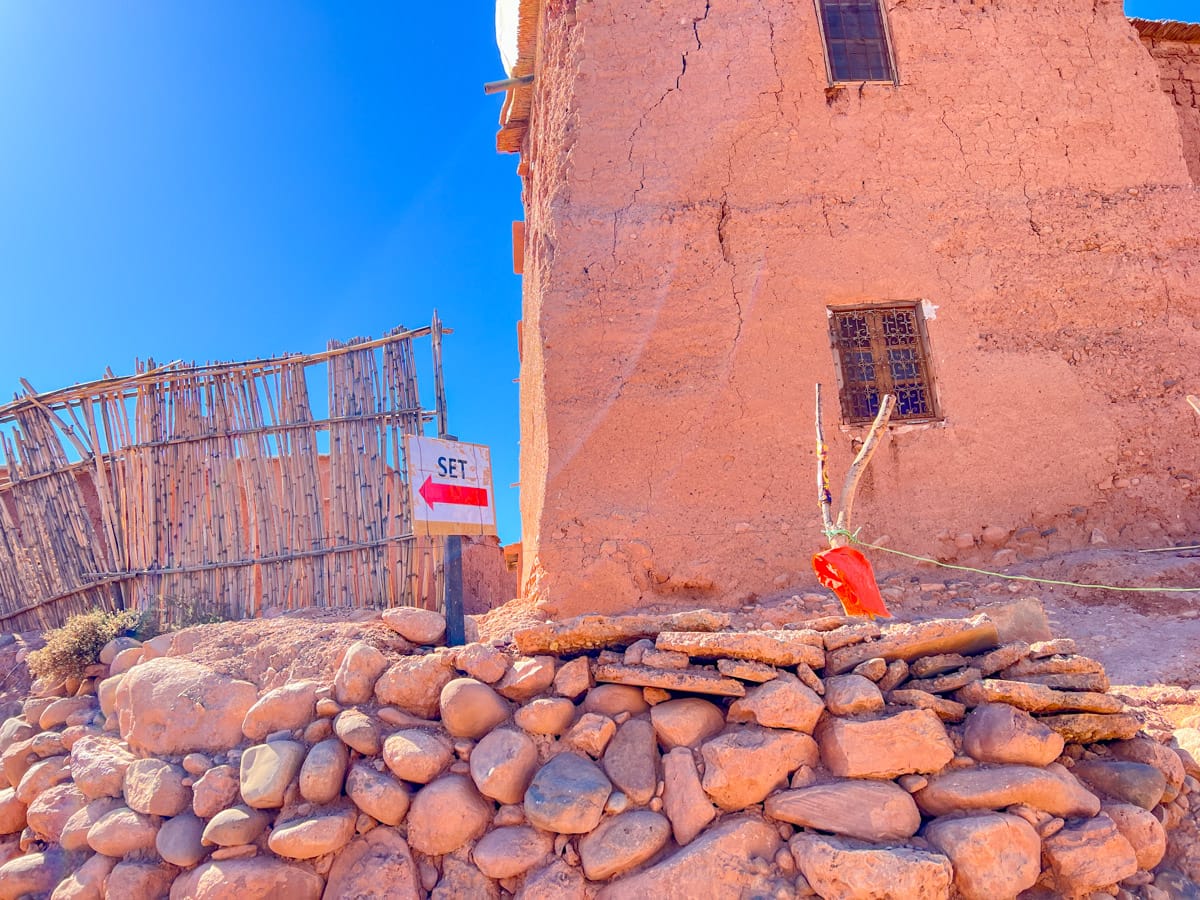
As we entered the structure, the prop crew added decorative items to the scene. I asked if I could get an extra role in the movie. I was told that might be possible, but it was up to the casting directors!
Again, there were many vendors with many items to choose from.
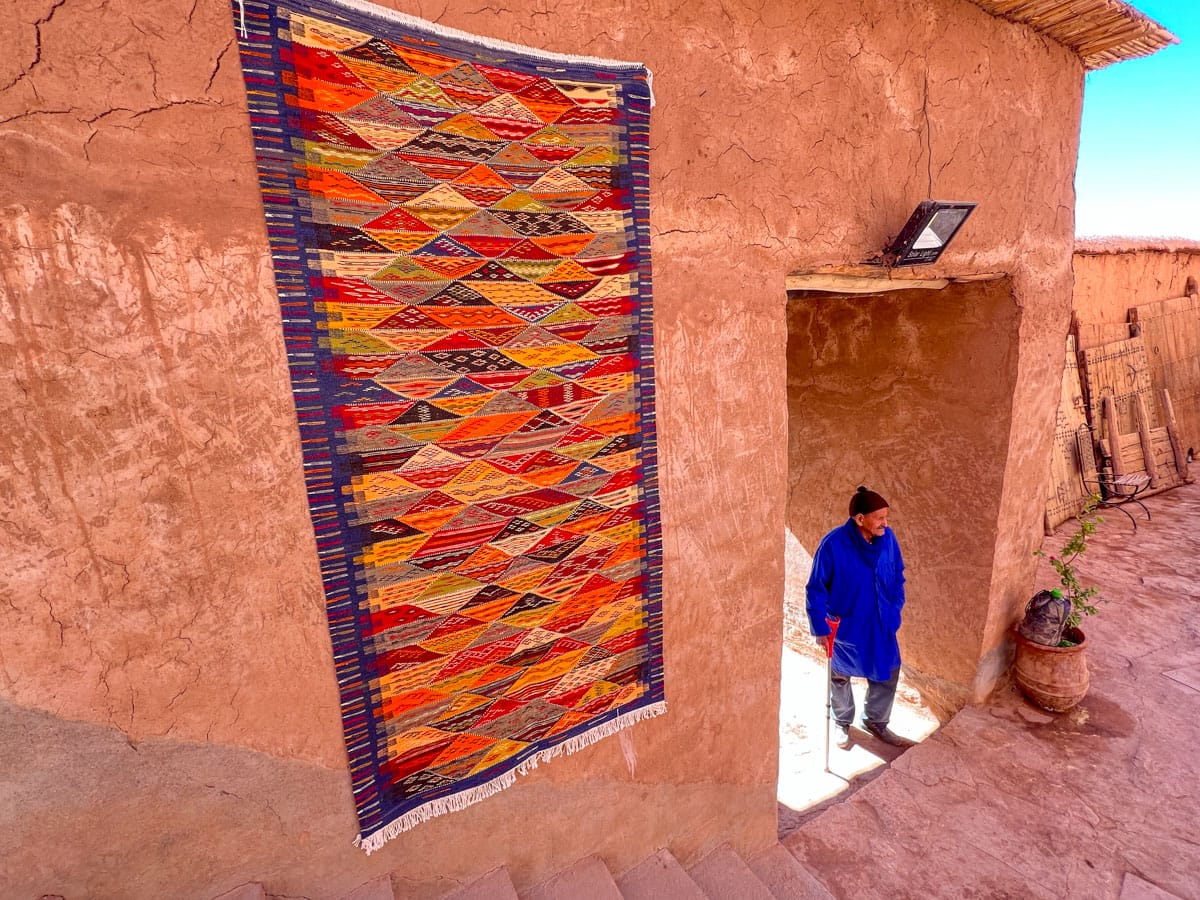
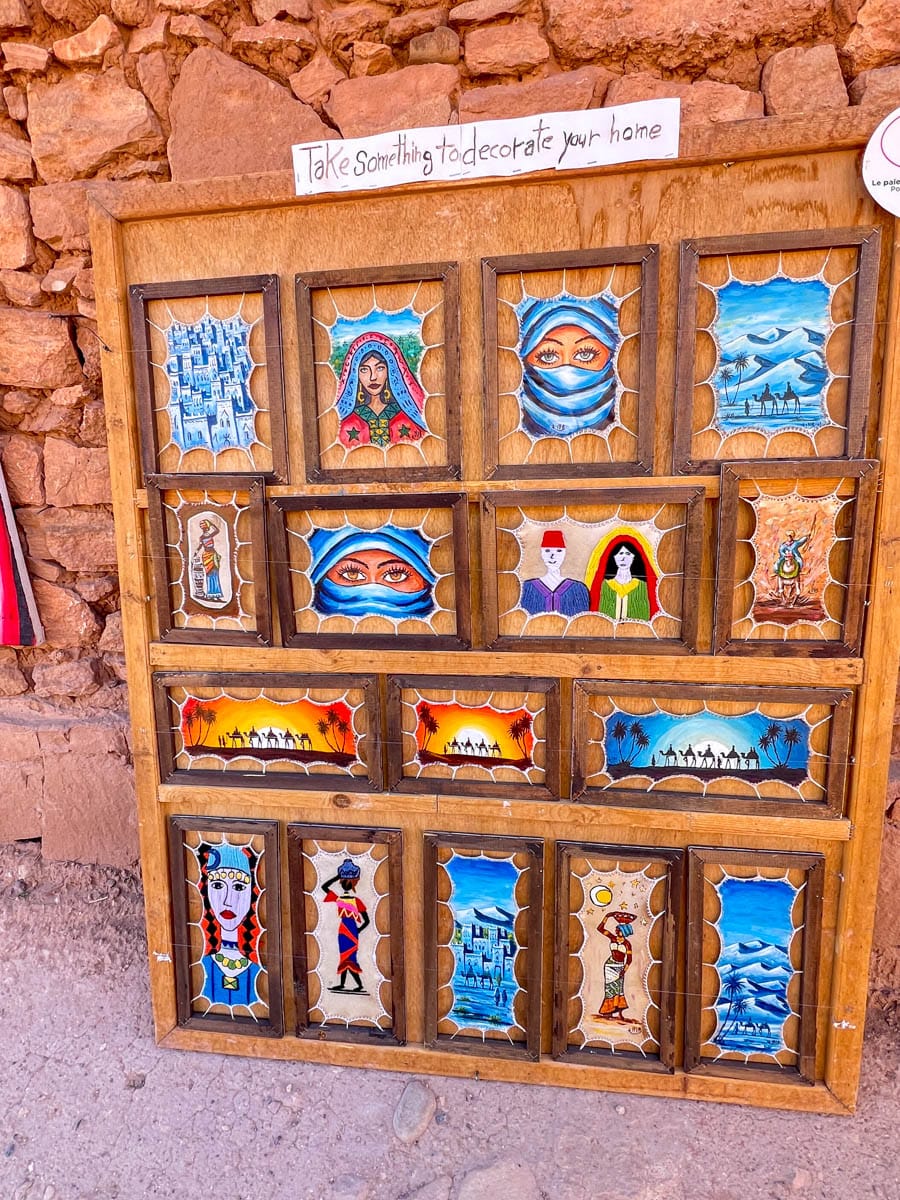

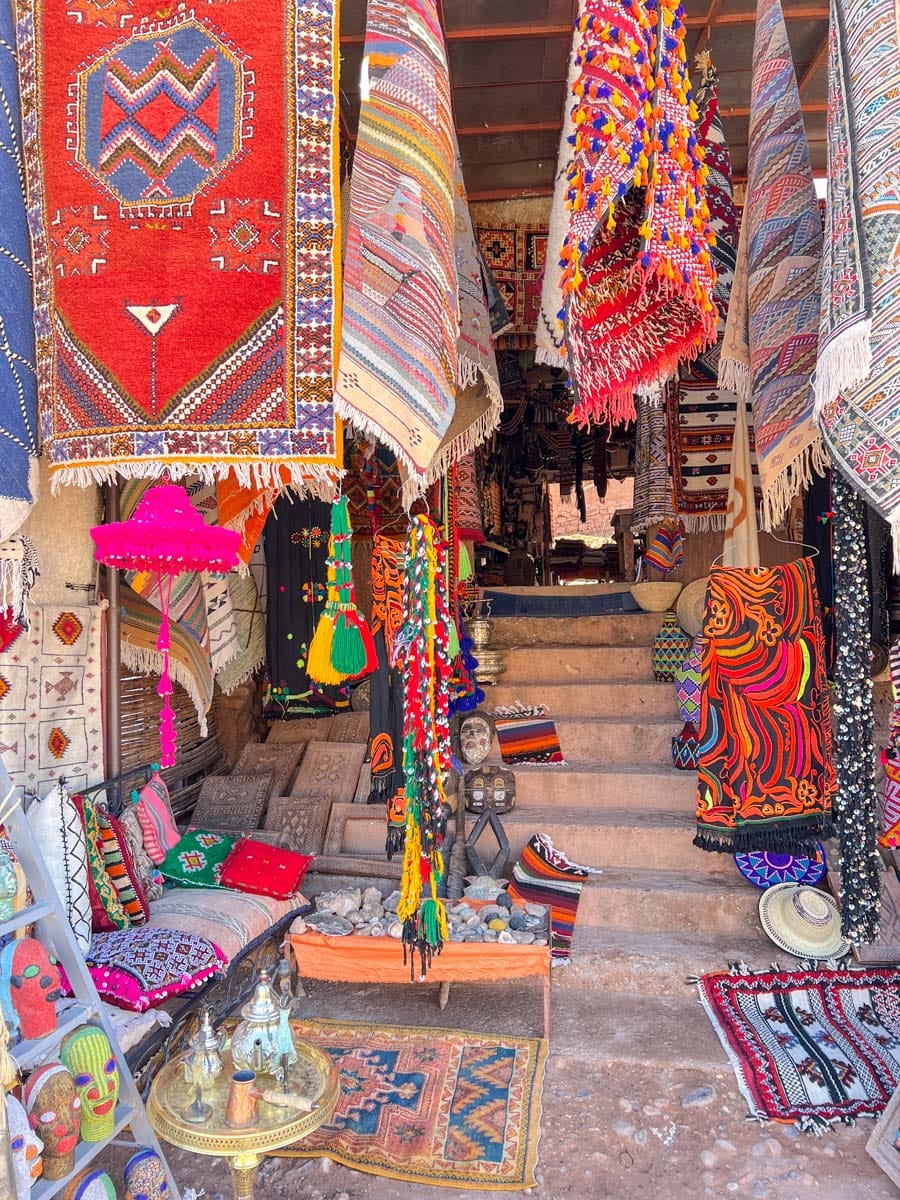
I stopped and watched a local artist make beautiful paintings of desert and mountain landscapes from natural pigments like saffron and tea. "For the yellow of the sand, he mixed saffron threads in water. For the blue of the sky, he used indigo in water. For the brown/black colour, he mixed green tea and sugar in water. After painting, he turned on a torch and gently heated the paper—the brushstrokes emerged on the page."
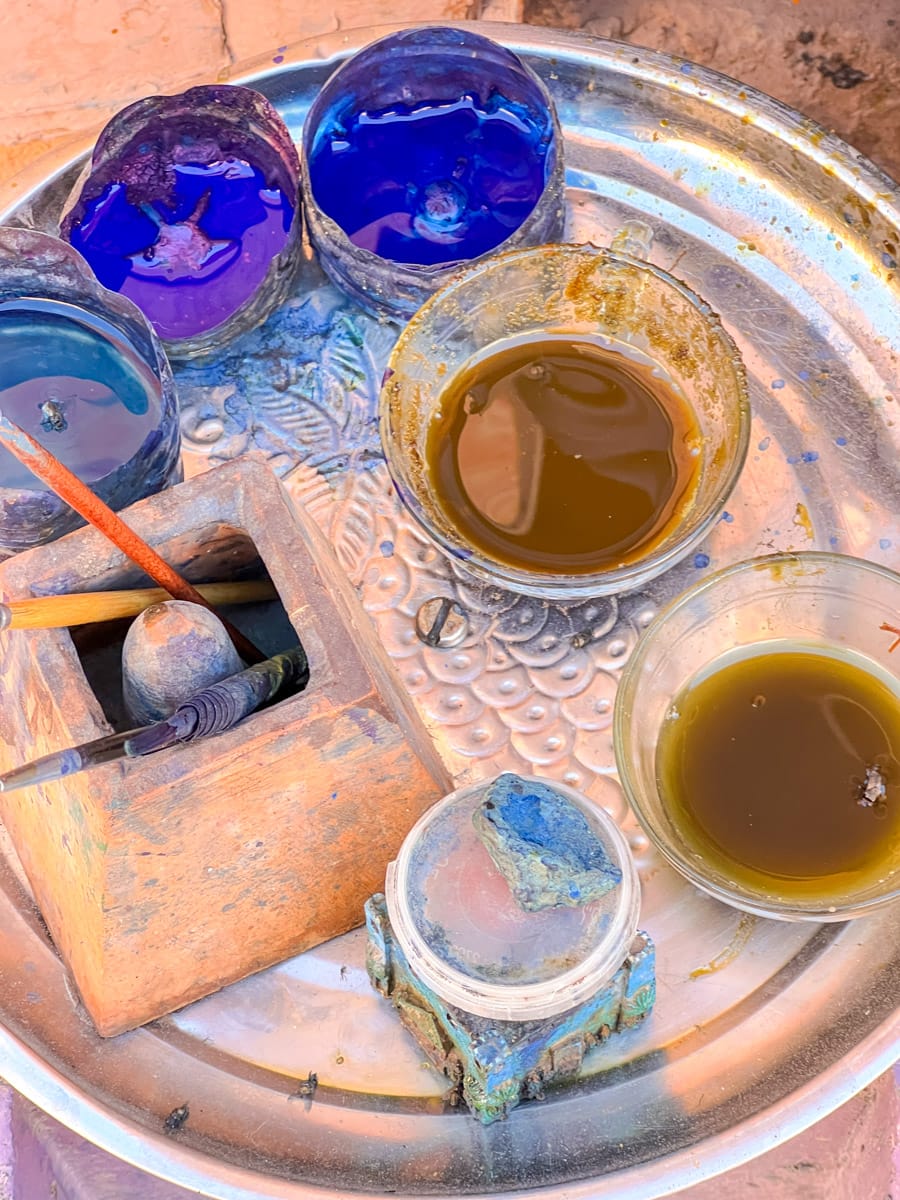
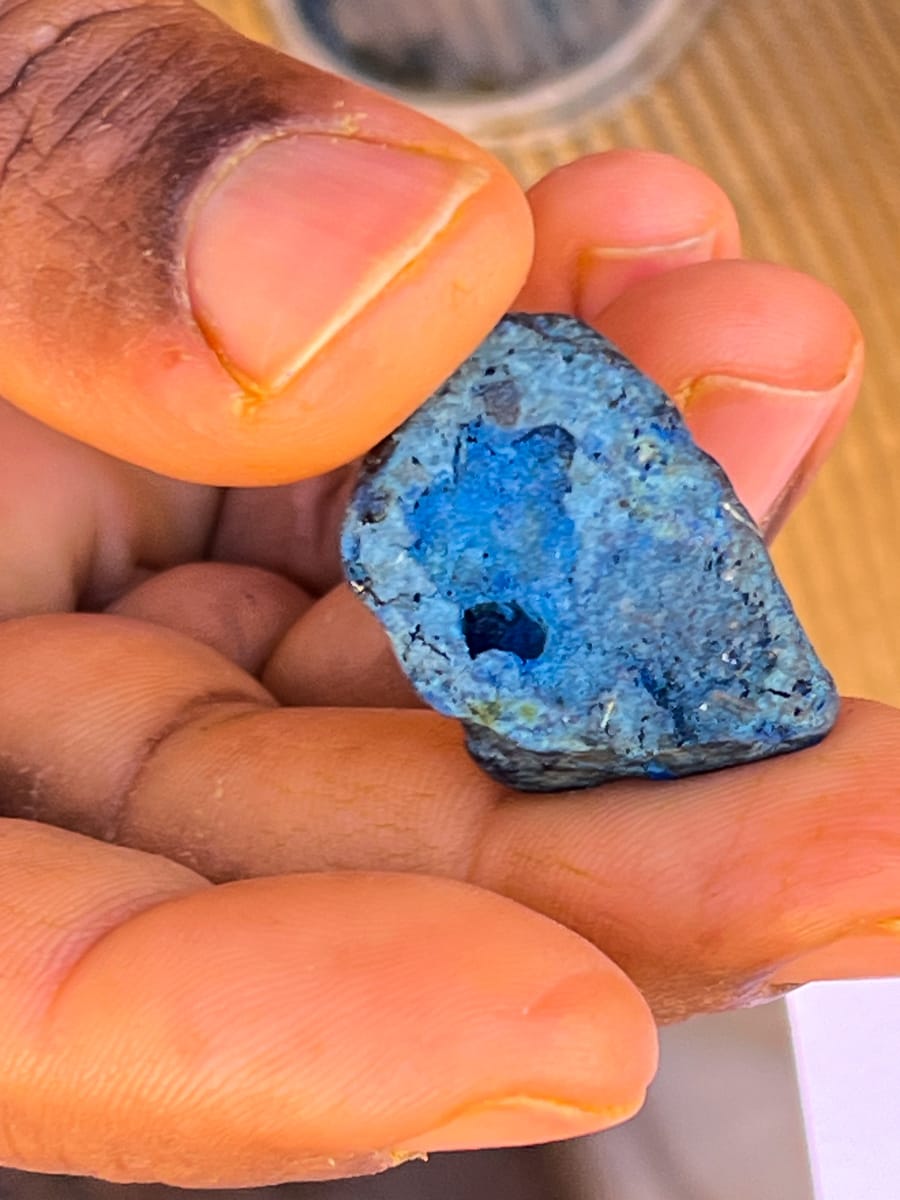


I continued to climb to the top of the Kasbah, where there was the remains of a large fortified granary.



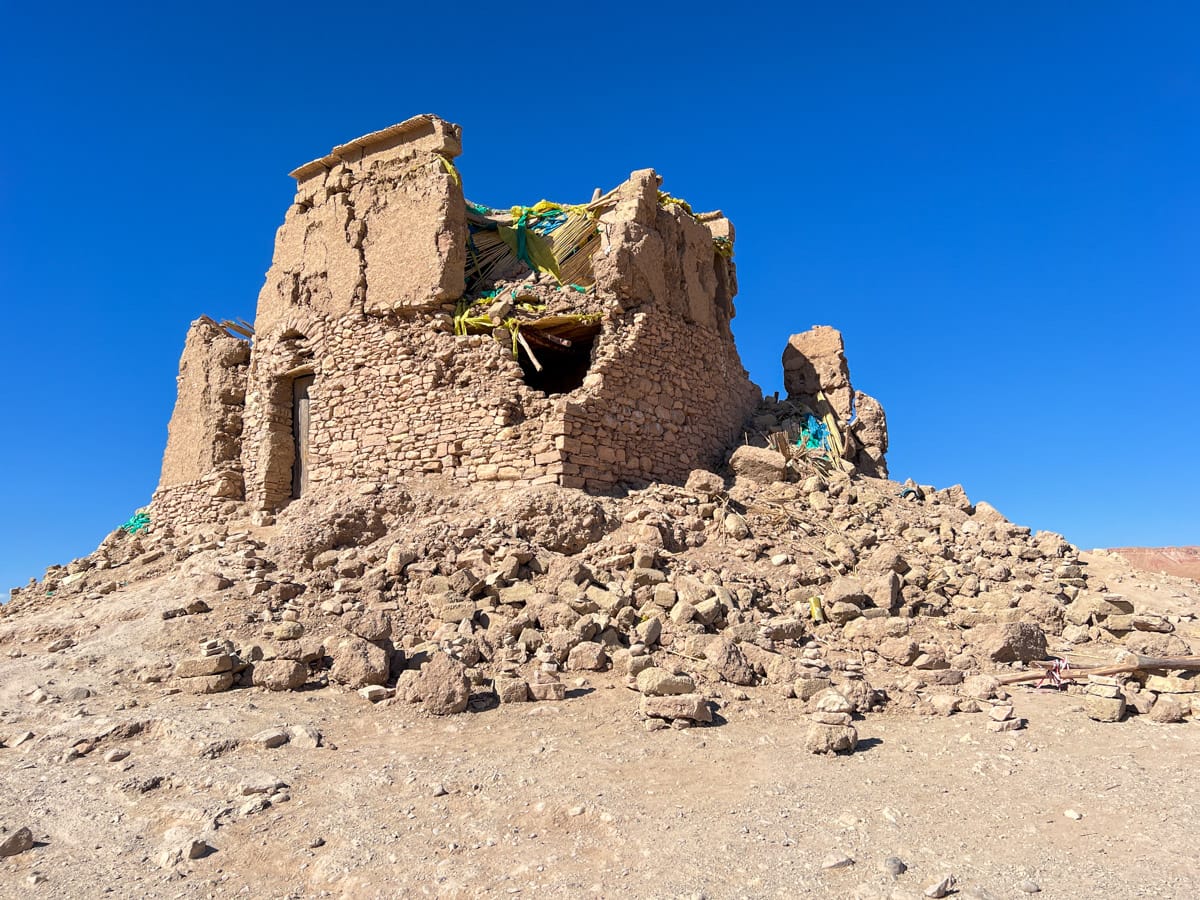

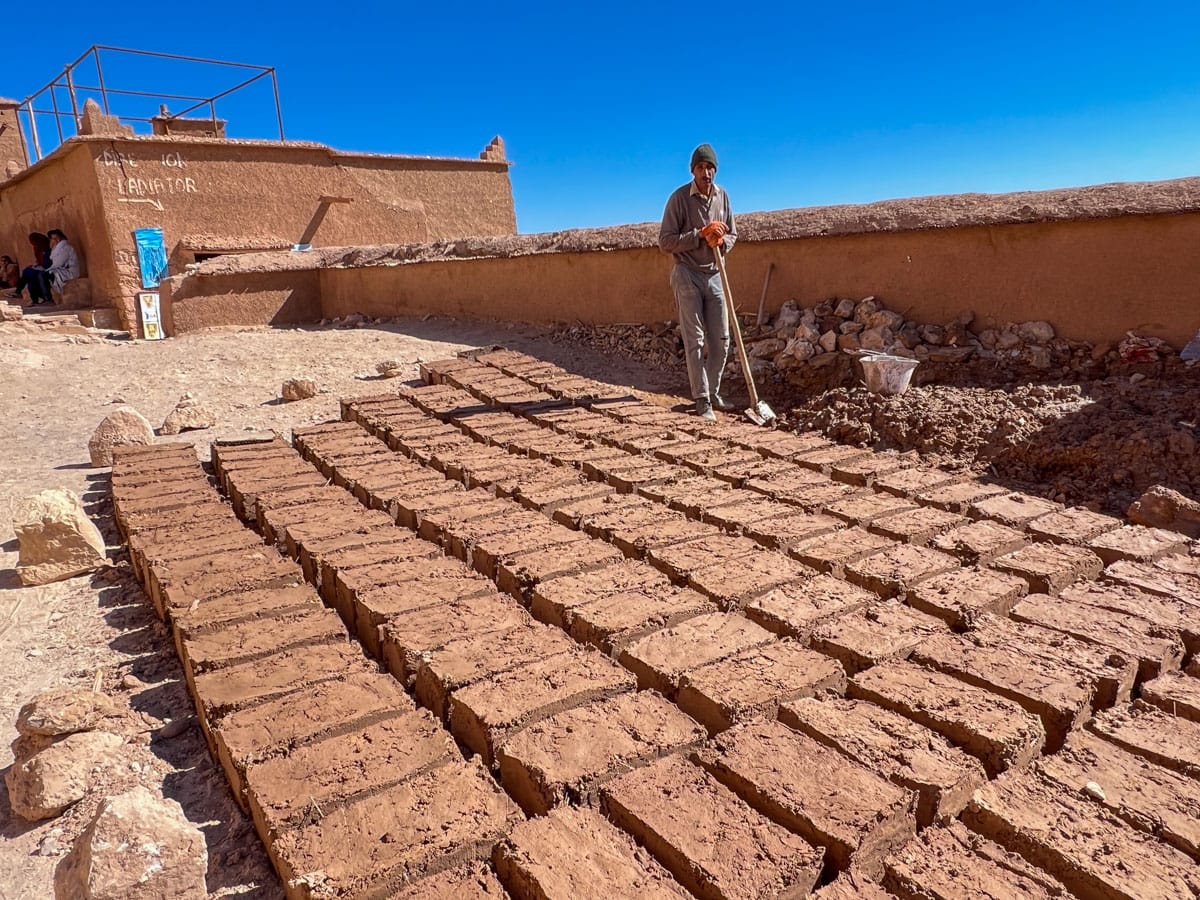

There was some confusion with Mohammad as to when I was supposed to arrive in Essaouira. As a result I ended up with an unexpected night in Marrakesh. I was intending to spend a few days in Marrakesh in a Riad at the end of my stay in Morocco, so I choose to spend this time in the newer part of Marrakesh.
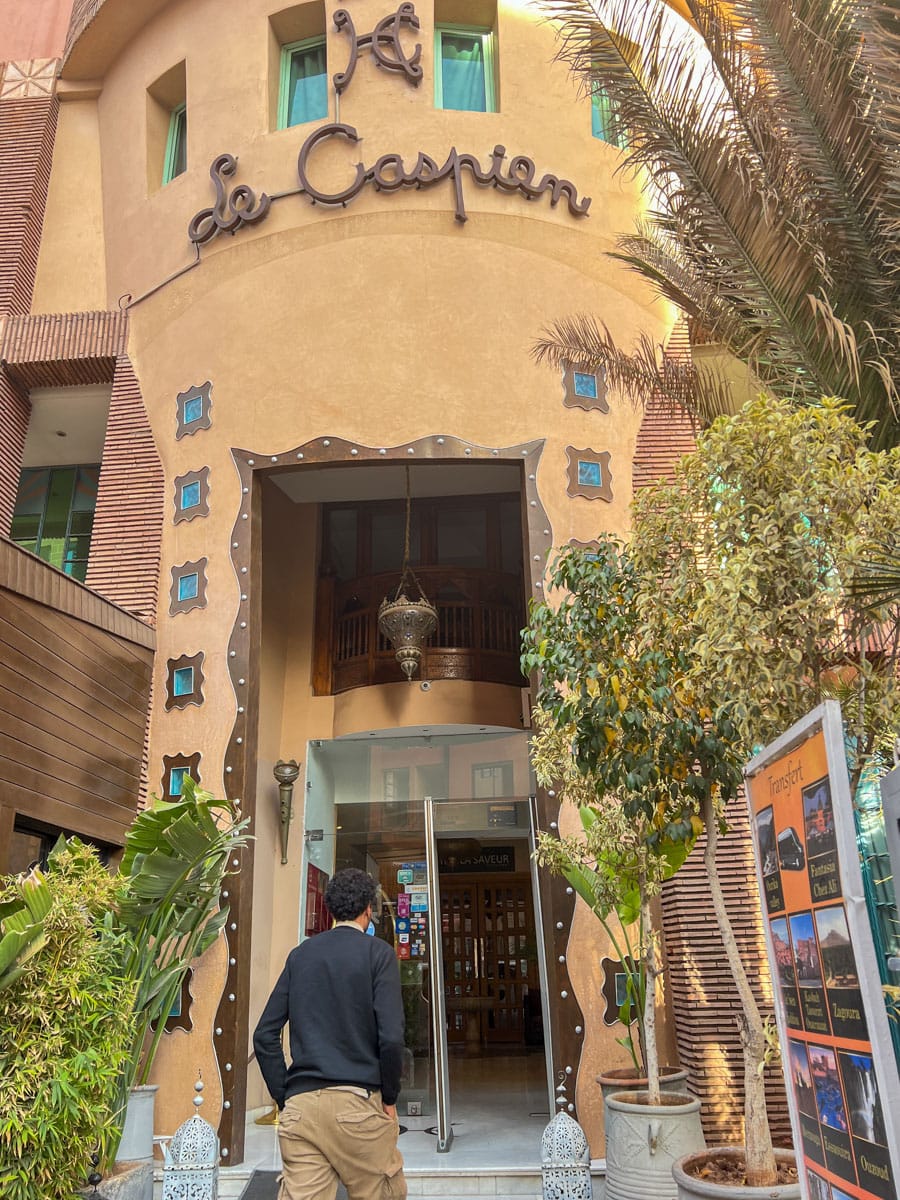
I will include my impressions in my overall thoughts on Marrakesh later in my stay. After my night and half day in Marrakesh Mustapha and I headed for the seaside town of Essaouria and my 2 week home exchange.
Until next time.......
Please subscribe.

